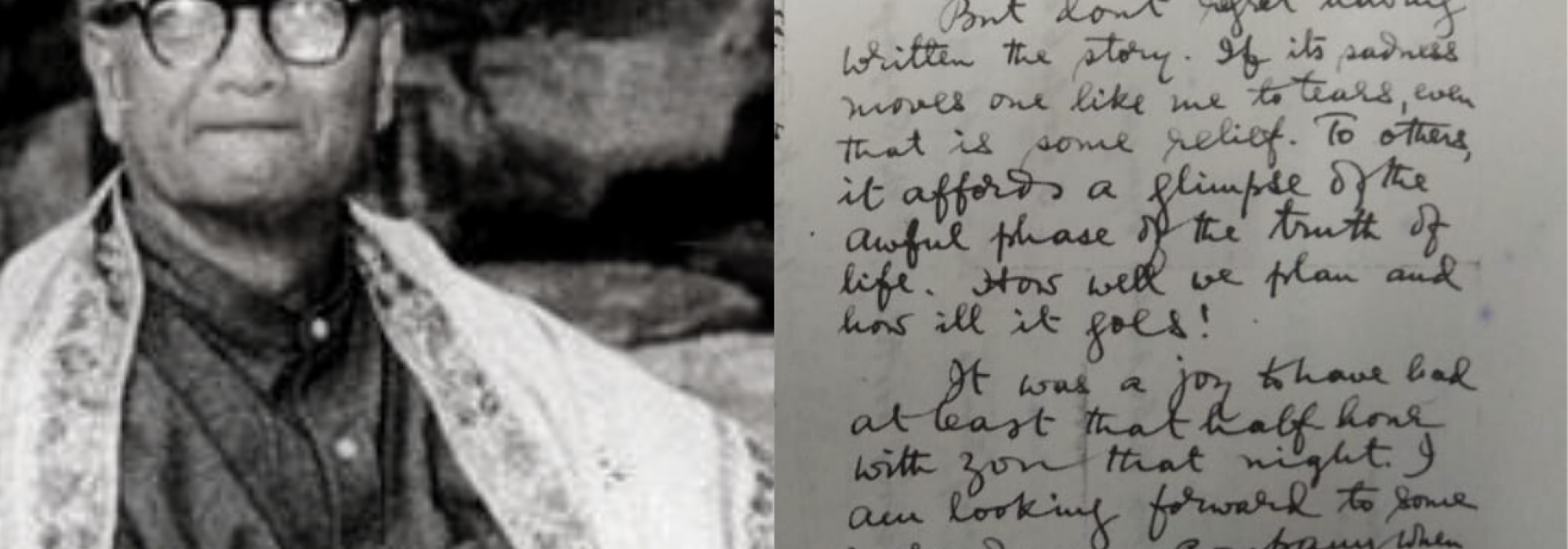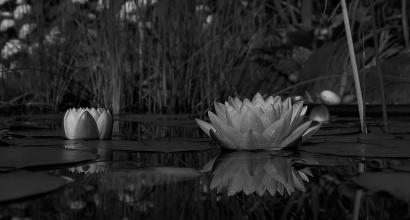WHAT DVG ACCOMPLISHED in all his writings on political philosophy is akin to an integral calculus of the universal soul if we define calculus as a system that makes it possible to solve by a unified method, many theoretical and applied problems involving a high degree of abstraction.
Next, I must record my lasting debt of gratitude to Shatavadhani Dr. Ganesh for opening my eyes to perhaps the most foundational tenet of DVG’s political and journalistic literature. This is DVG’s essay titled Rishigala Rashtrageethe, or the national anthem of the Rishis. It relates to the aśvamedha portion of the taittirīya brāhmaṇa of the Yajur Veda. It is difficult to give the precise meaning and connotation of aśvamedha in English because it is steeped in a raw and unique cultural experience and civilizational memory. The literal translation of aśvamedha as “horse sacrifice” is erroneous, misleading and is also a slur against our civilization. A fairly accurate explanation in English is that aśvamedha is a method for acquiring political power, for building and sustaining a Rashtra by using the combined creative and constructive energy of an entire populace that shares the common goal of collectively achieving a robust, prosperous, and contented Rashtra. It is a continuous act of national sharing in the widest sense possible: medha or Yajna, meaning “sharing,” “participating,” etc.
This extraordinary Vedic conception, practice, inheritance and the values that emanate from it are at the heart of DVG’s conception of an ideal, strong, self-confident, happy and thriving Indian nation and state. His long poem titled Svatantrabharatastava (Hymn to an Independent Bharata) composed on the midnight of August 15, 1947 reflects the seamlessness and an unbroken flow of the perennial currents of this Vedic darshana and values realized by our Rishis. From those Rishis to this contemporary Rishi, the flow remained intact.
Vedanta and Nationalism
But when we rewind to a much earlier date, we notice one of the clearest expositions of DVG’s political philosophy in the English language. It is his extraordinary monograph entitled Vedanta and Nationalism. Originally a lecture delivered at the Chennai Jana Sangham sometime in 1908-9, the work reflects all the makings of an emergent Master. DVG was just twenty-one at the time. This lecture in many ways inaugurated his steady maturation as a future stalwart and exemplar of Indian wisdom. Its erudition is only matched by its eloquence and its range, by its penetrative quality.
Vedanta and Nationalism is actually a profound treatise that encompasses three major topics: (1) the Indian national life from the Vedantic perspective (2) the basic nature of the Hindu society (3) a comparative analysis of the West and India. Throughout, DVG draws superb parallels and contrasts making use of his embracive learning in Vedanta, Bhagavad Gita, and the western philosophical and intellectual tradition all the way from Plato, Goethe, Emerson, Spencer, Tyndall, Julian Huxley and Darwin.
The broad summary of Vedanta and Nationalism is as follows: the core of Dharma expressed in the political realm is the expansion of the Self using public life as the field of work (karmakṣetra or kāryakṣetra). All systems in public life originate in mamata (affection, attachment) and should ideally culminate in a conscious cultivation of an inner feeling of Oneness with the universe or atmavistara. DVG’s familiar imprint is clearly visible here, at such an early stage in his life and career: he liberally and decisively invokes the Bhagavad Gita, the Bṛhadāraṇyaka Upaniṣad, and the works of Kalidasa and other classical poets. And, like those Vedantic sages and poets, his ideal of politics was to sculpt an informed and spiritualized governance. The ultimate benefit of such a governance was that for his countrymen, “enlightenment should also be enjoyable.”
Vedanta and Nationalism is thickly underscored by that singular quality noticeable in all of DVG’s political, journalistic and literary writing: an earnest longing to infuse conduct, character, vigour and verve among the Indian people. Indeed, DVG led a frontal crusade against sloth, inertia and indolence in public life.
I will read out only the tiniest excerpts from it because it is so compelling and because…well, because this is the steel that this exemplar of modern Indian Renaissance was made of:
The sage Yajnavalkya said to his wife Maitreyi that husband, wife, sons, wealth, worlds, gods, beings and all are dear not because of the love of those particular things but because of the love of Self which is in them all and the sense of which grows by loving them all.
This is the only just reason that demands universal love from every man, and the only sound basis of all true ethics.
These are words etched in gold. But what follows is DVG’s devastating but highly accurate assessment of the downfall of Bharatiyas from Yajnavalkya’s time to his own time.
Neglecting this sublime principle, the degenerate son of India refuses to acknowledge that the family is but the training-ground for the practice of self-denial and therefore a step in the onward march of the soul…
And then he hammers the colonial West on its own turf when he says: Nationalism is a religion come from God.
The contrast could not be more pronounced. Over nearly three-fourths of a century, the word nationalism has become synonymous with evil in the western world. But to DVG it was a religion come from God. The explanation for this contrast is rather straightforward when we observe the fact that DVG derived his understanding of nationalism from the sagely founts of Maharshi Yajnavalkya and Vidyaranya Swami. This is because DVG operated on a plane higher and deeper than the mere intellect, making all the difference between exposition and enlightenment.
I will cite just one more instance of how DVG deliciously eviscerated Western pretences to civilization and culture:
In Chapter six of the Bhagavad Gita, two types of civilization viz., Daivi or divine and Asuri or material, are described. The civilization of the West is…of the latter type. If Socrates and Plato, Wordsworth and Carlyle, Goethe and Emerson… represent that civilization, it is not then, very different from our own. But they are not its exponents. It has grown in spite of them. Their teachings have mostly been cries in the wilderness. Bigotry, intolerance, jealousy, competition, aggression, and selfishness are among the most salient features of the civilization of the West. Therefore, while assimilating it, we should beware of its evils… We have lost sight of our ancient ideals. Our Rama and Bhishma fall flat on our own ears. We have unlearnt that love for everything our own which formed such an important character of our ancestors as to make them liable to be accused of conservatism…Therefore, [our] duty is to assimilate these virtues from the West if they can be found there, taking care… not to mistake vices for virtues.
As we notice today, every Sanatana principle that DVG upheld here has been realized by contemporary urban Hindus in its violation.
Vedanta and Nationalism is a treatise fit to be made prescribed reading for everyone in India from high school students to judges to the Prime Minister and President.
To be continued










































